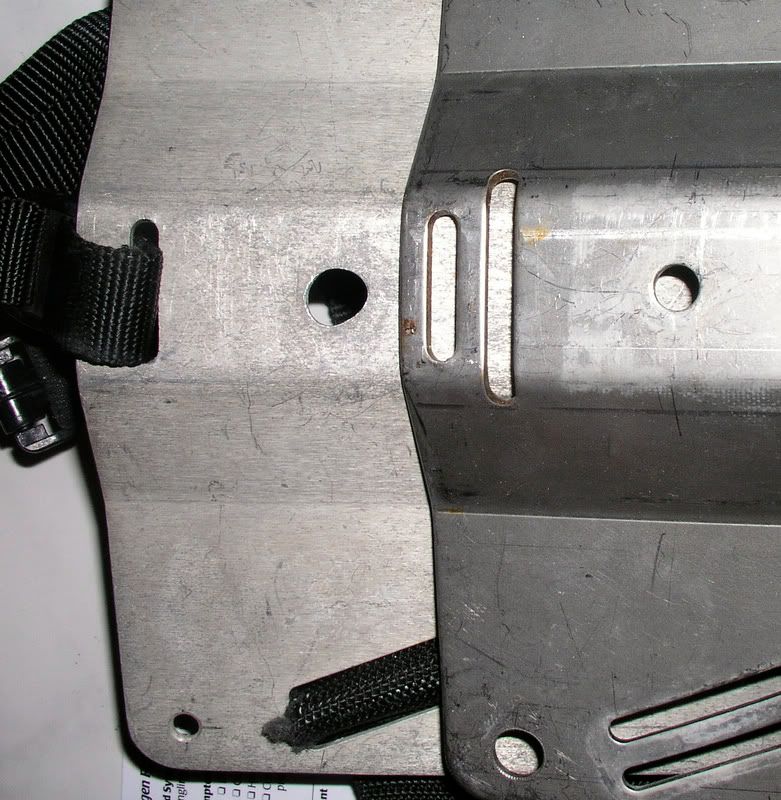vshearer
Contributor
Searched for any info on this and couldn't find it so I will ask. I am getting an aluminum BP to complement the current SS i dive (saltwater) and wondered if anyone ever has problems with electrolysis on these plates. Seems the Stainless STA and tank (as well as other dissimilar metal contact) might cause this to be an issue but since I don't see any posts about it I am wondering if this is so.




